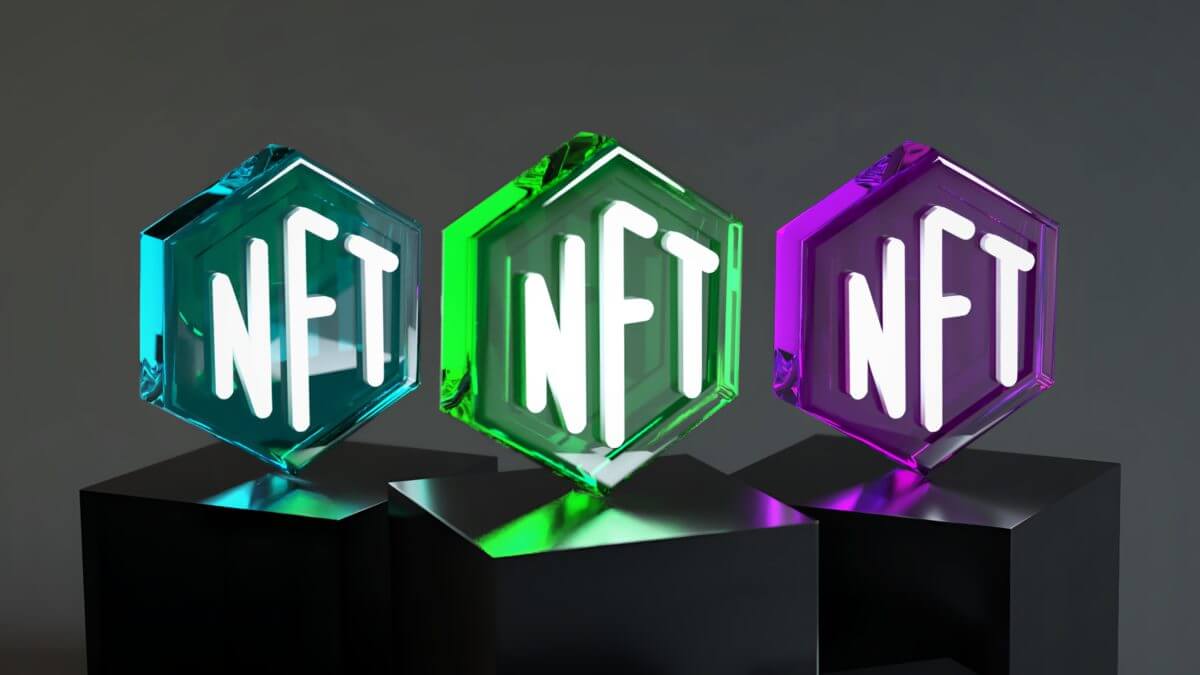Fractionalizing NFTs: Advantages and Drawbacks

Fractionalizing NFTs: Advantages and Drawbacks
A tried-and-true but risky investing method that has been modernized for the blockchain era is fractionalized NFTs. Through fractionalization, investors buy a chunk—often referred to as a “shard”—of an expensive NFT or a portion of a huge NFT collection. Through this post, let’s examine the advantages and disadvantages of fractionalizing NFTs.
NFT fractionalization advantages
- Rapid value estimation
With the use of F-NFTs, one may quickly ascertain the market value of unique tokens. You only need to split the NFT that comes with a piece of digital art into several pieces and sell a few minute fractions to calculate its value. This will help you calculate the entire cost of the item.
- a lot of liquidity
The liquidity issues that expensive NFTs face can be readily avoided by fractional NFTs.You might have to wait a while if you want to sell a very pricey item you own because not every investor will have the money available. An ERC-721 token can be split up into smaller fractions, and the resulting ERC-20 tokens can be sold for less money.By doing so, the asset’s liquidity issue can be resolved and investors will find it more appealing.
- Easy monetization and democratization of investments
Investors with limited resources may fall to temptation to fractionalized tokens. This is because they increase their opportunities to safely purchase valuable assets.
- Curator incentives
The token sale participant is qualified to receive curator rewards, which are an annual supplementary payment. This enhances the life of artists who may not be blockchain experts and enables people to earn more money.
- Integration of DeFi
Since fractional NFTs are essentially ERC20 tokens, they may be connected with staking, yield farming, and dexes (a standard for developing and issuing smart contracts on the Ethereum network)
Fractionalizing has risks
- The issue of reconstruction
If you just have control over a small section of an NFT, reconstitution can be difficult; but, if you own the entire NFT, it is simple. You are free to sell it whenever you choose because it is entirely yours. If you only own 50% of an asset. You might not be able to use even a small amount of it in that name. If you sell a buyer 50% of that asset and they choose not to buy it back from you later, you will be in jeopardy. Methods for fractionalization must give a way to reassemble fractions into the original NFT.
- Buyout sales
Buyout auctions may solve the reconstitution problem. What makes buyout auctions “a necessary evil” then? In essence, it means that even if a single shard of a fractionalized NFT is lost. The remaining shards still have some value. If one of the 100 shards belonging to an owner is misplaced soon after it is minted. They can start a buyout auction and make the highest offer to get the NFT back, getting 99% of the proceeds back.
- Unfavorable buyouts
But it’s crucial to keep in mind that unplanned buyouts do happen. If an NFT is valuable enough, there is a chance that no one will be able to raise sufficient funds to fairly bid on it.
- Constantly Printed Shards – Held Collectively (RICKS)
The reconstitution problem is different with RICKS, which also prevents the liquidity and coordination issues that come with a full buyout. How does it work? The protocol instead releases fresh RICKS at a defined pace. Or a specific proportion every day, week, or month for a specific NFT, as opposed to an all-or-nothing buyout auction. The present owners of RICKS receive the proceeds from the auction sale of the new RICKS for ETH.
The post Fractionalizing NFTs: Advantages and Drawbacks appeared first on FinanceBrokerage.
0 Response to "Fractionalizing NFTs: Advantages and Drawbacks"
Post a Comment